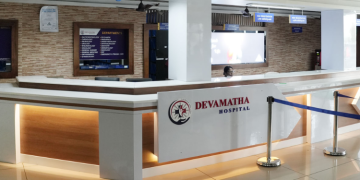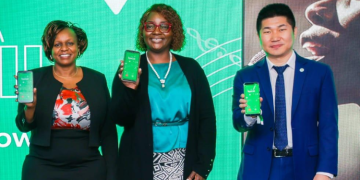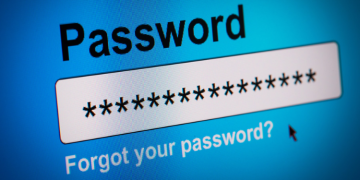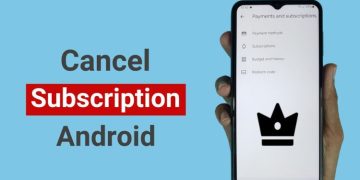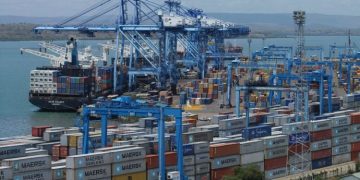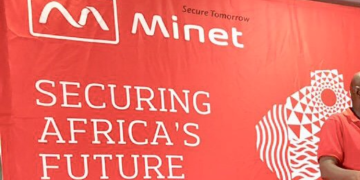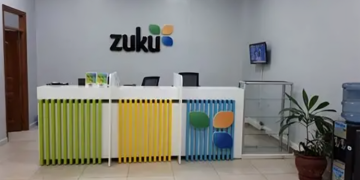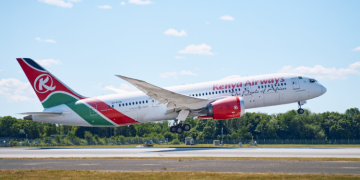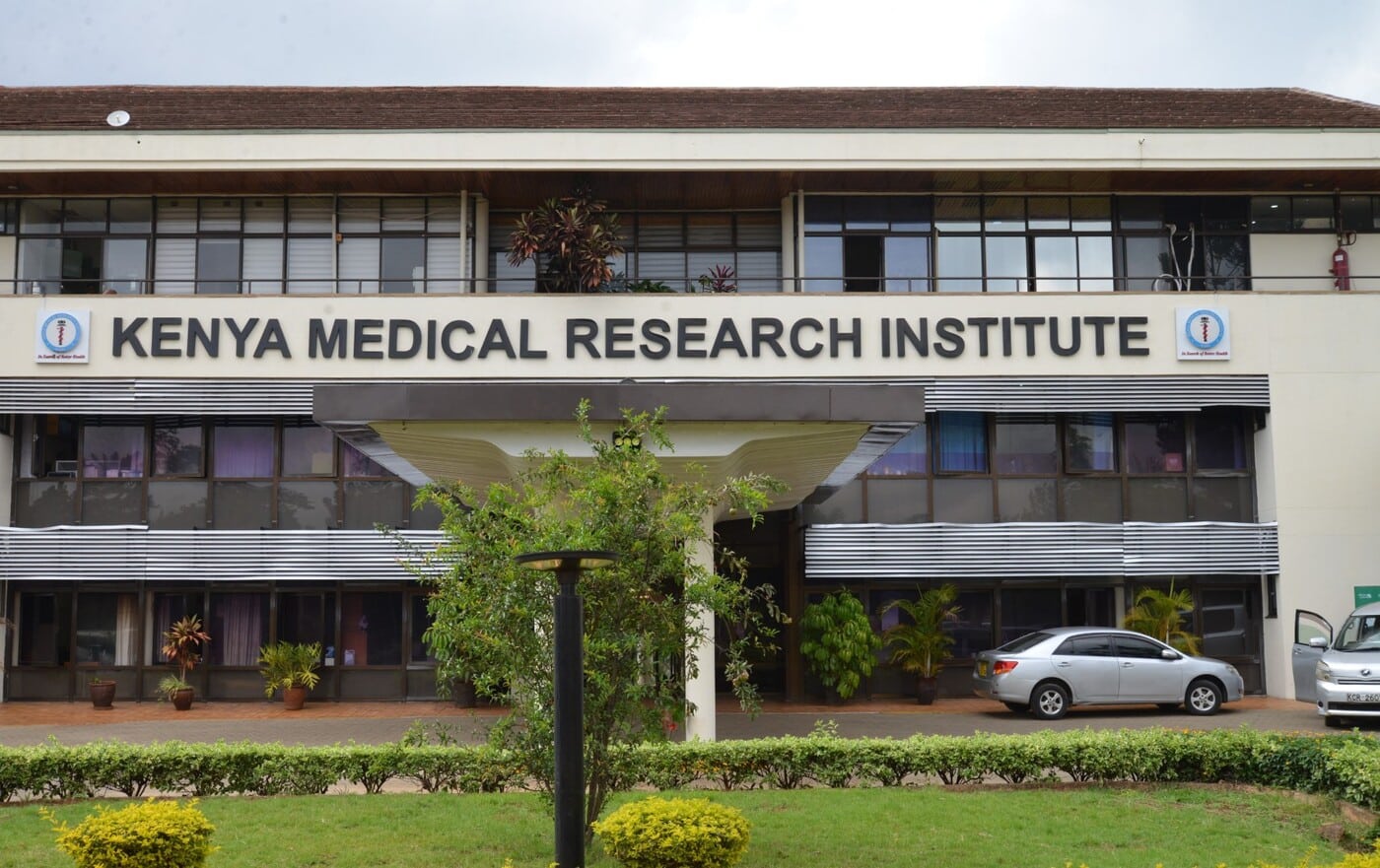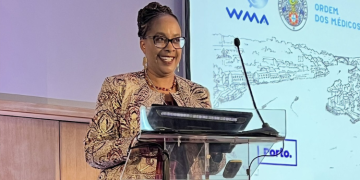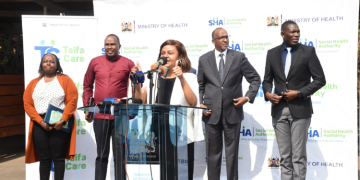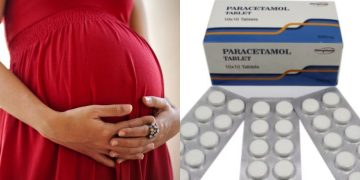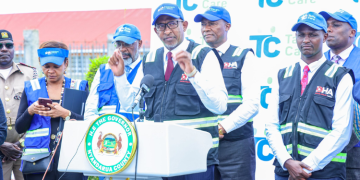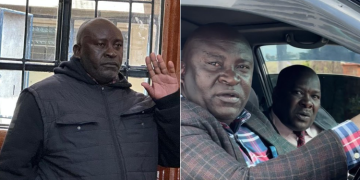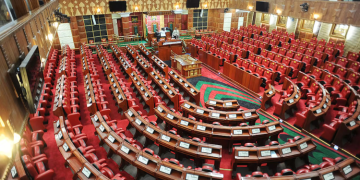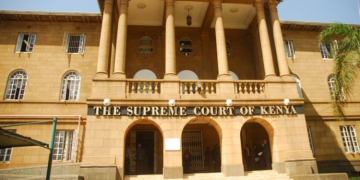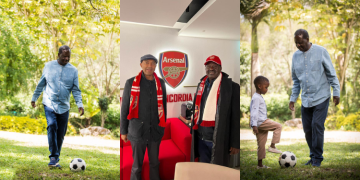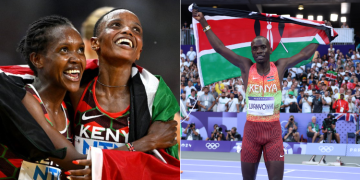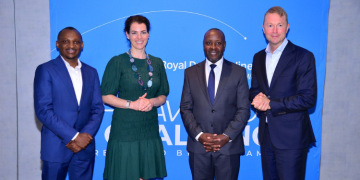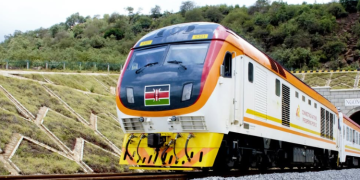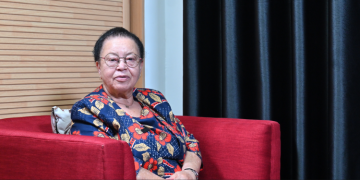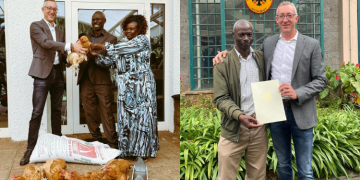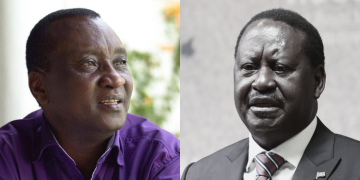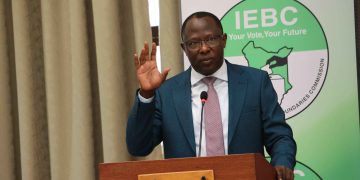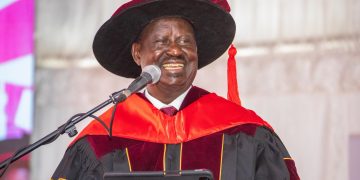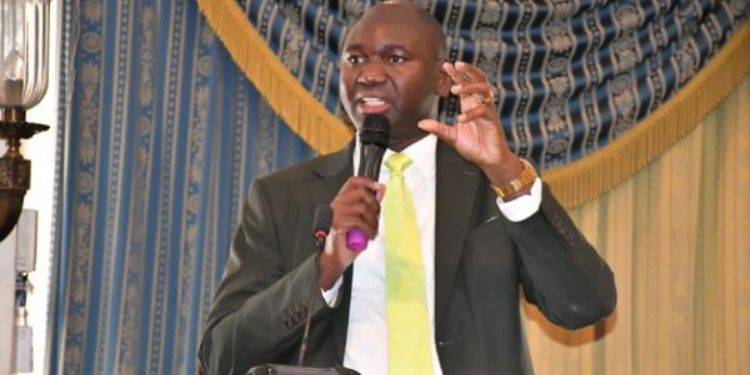The Ministry of Education has announced plans to introduce a transfer window for Junior Secondary School (JSS) students, which will allow them to revise their school placements before reporting in January.
Basic Education Principal Secretary Julius Bitok made the announcement during a media interview on Tuesday, October 14.
Modeled after the Kenya Universities and Colleges Central Placement Service (KUCCPS), the initiative is aimed at giving learners flexibility to change school choices after initial placement.
“We shall be opening a window of about seven days so that learners can revise their choices after placement is done, just like we do with university admissions through COOPs,” Prof. Bitok said.
According to the PS, the system will leverage digital tools and artificial intelligence to ensure fair distribution of students across schools.
Three Pathways for JSS Transition
As part of the transition from JSS to senior secondary education, students will be placed in one of three pathways: STEM, social sciences, or arts and sports.
The ministry is encouraging all schools to offer at least two pathways, with 60% of institutions prioritizing STEM courses to enhance access to quality education.
“We are encouraging all our schools, the 9,350, to ensure that at least every school has two pathways,” the PS noted.
“This is to ensure that students receive a well-rounded education and have opportunities aligned with their interests and talents.”
School Clusters and Equitable Placement
In his explanation, Bitok revealed that schools have been categorized into four clusters: Cluster 1 (formerly national schools), Cluster 2 (extra-county), Cluster 3 (county), and Cluster 4 (day schools).
Also Read: School Calendar for Third Term: Crucial Dates for KCSE, KPSEA, JSS and KILEA
The new placement system is being piloted to ensure equitable access, allowing students from all counties to attend schools across the country.
“We have a system which can allocate digitally based on the results of KJSEA. A child from Mandera can access a school in Kisumu, or a child in Kisumu can access a school in Nairobi or even Mombasa,” Bitok said.
Inclusion of Private Schools and Capacity
The Ministry of Education also emphasized that private schools will be integrated into the system to widen opportunities for learners, recognizing the significant investments made in these institutions.
With 2.4 million grade 10 places available and 1.13 million learners graduating from JSS, every student is expected to secure a school placement.
Also Read: Top Bookshops for CBC, JSS and Secondary School Books in Nairobi
“We are also trying to mainstream the private schools. Learners who are interested in joining private schools should also be given a chance,” the principal secretary stated.
Supporting Resources
To complement the transition, Bitok said the Ministry of Education is working closely with the Kenya Institute of Curriculum Development (KICD) and the Kenya Literature Bureau to ensure textbooks and learning materials are available for grade 10 students starting January next year.
Additionally, the PS said the new system aims to make secondary school placement more flexible, equitable, and digitally managed, giving students the opportunity to adjust their choices and ensuring that every learner can access a school that meets their needs and interests.
Follow our WhatsApp Channel and X Account for real-time news updates.

) education system on August 16, 2022.PHOTO/COURTESY



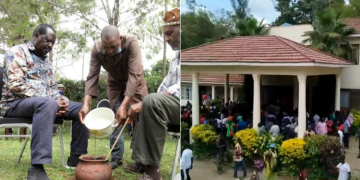
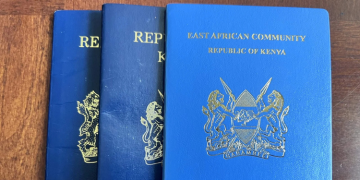

![Raila Odinga Death: President Ruto'S Address To The Nation [Full Text Speech] Raila Odinga Death: President William Ruto’s Full Speech](https://thekenyatimescdn-ese7d3e7ghdnbfa9.z01.azurefd.net/prodimages/uploads/2025/10/ruto-7-360x180.png)


